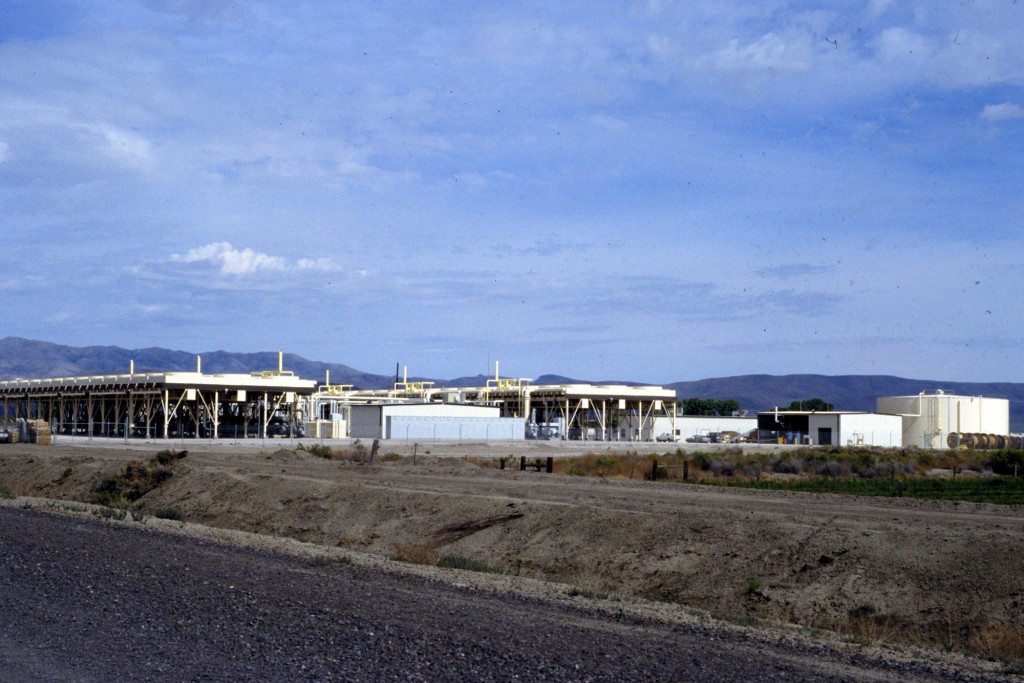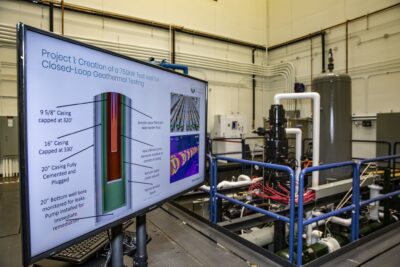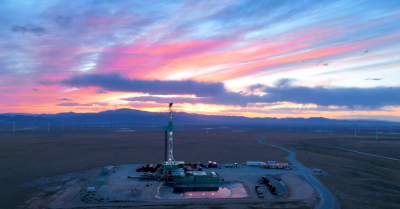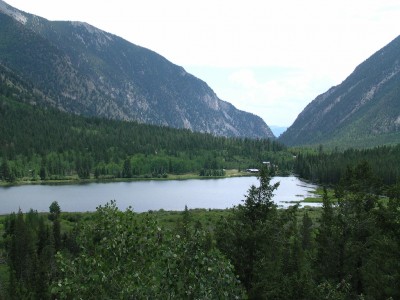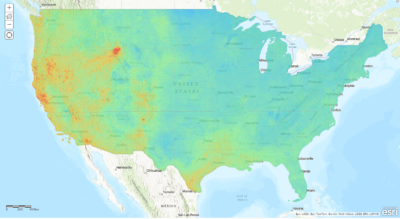Enel Green Power gets approval for solar-geothermal hybrid plant in Nevada
Enel Green Power receives final approval for solar-geothermal hybrid plant in Churchill County, Nevada. This allows the company to utilize the same infrastructure and reducing environmental impact for this new installation.
Enel Green Power North America, the U.S. based arm of renewable energy company Enel Green Power received fina approval this week to move forward with the installation of its Solar PV project at its Stillwater geothermal power plant in Churchill County, Nevada.
The new solar integration is expected to generate an additional 24 MW of peak energy from the Stillwater solar facility. The combination of the two renewable generation technologies at the same site not only improves the electrical production profile but also allows making use of the same infrastructures, such as the interconnection power lines and operation facilities, thus reducing the environmental impact.
More than 81,000 polycrystalline photovoltaic (PV) panels will be installed adjacent to EGP’s existing Stillwater geothermal plant (commissioned in 2009). The solar field will be constructed on a 240-acre parcel owned by EGP adjacent to the renewable energy leader’s geothermal plant. Construction of the solar installation will employ approximately 150 workers from Nevada throughout the whole construction period.
Stillwater and its sister plant, Salt Wells also located in Churchill County, are the only geothermal plants in the world that employ large scale electric submersible pumps for the extraction of geothermal fluid. With the plants’ binary process, there are no losses or consumption of water as well as no air emissions during normal operations making them environmentally friendly.”
This is indeed an interesting project as there are several efforts made to make plants more sufficient and utilize infrastructure to increase revenue streams. Examples are solar heat applications that are aimed at increasing the temperature of geothermal fluids in binary systems, wind installations in conjunction with plants (Nevada Geothermal Power has mentioned plans) and last but not least combining oil/ gas development with geothermal power utilization.
Source: BCSE
